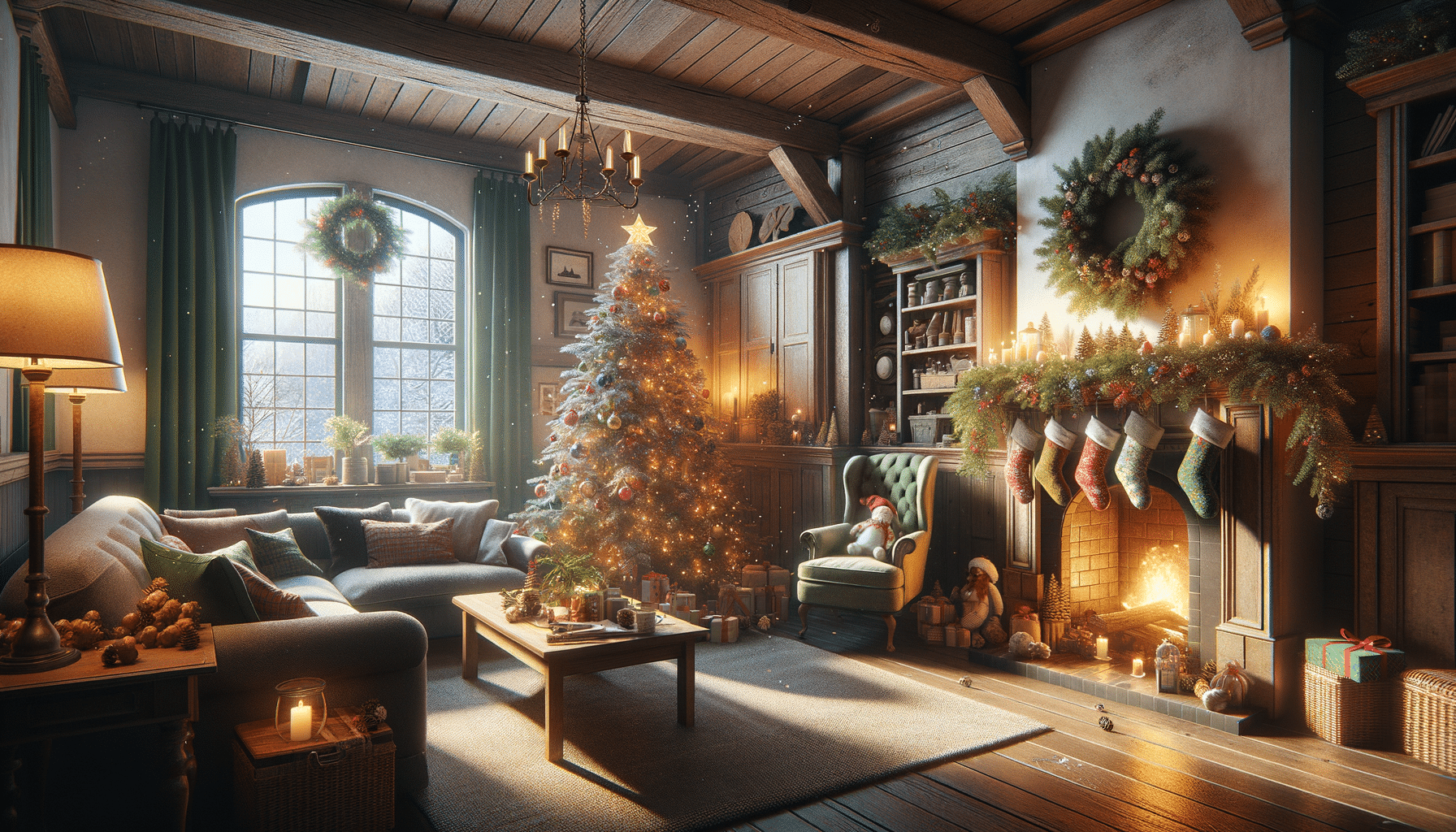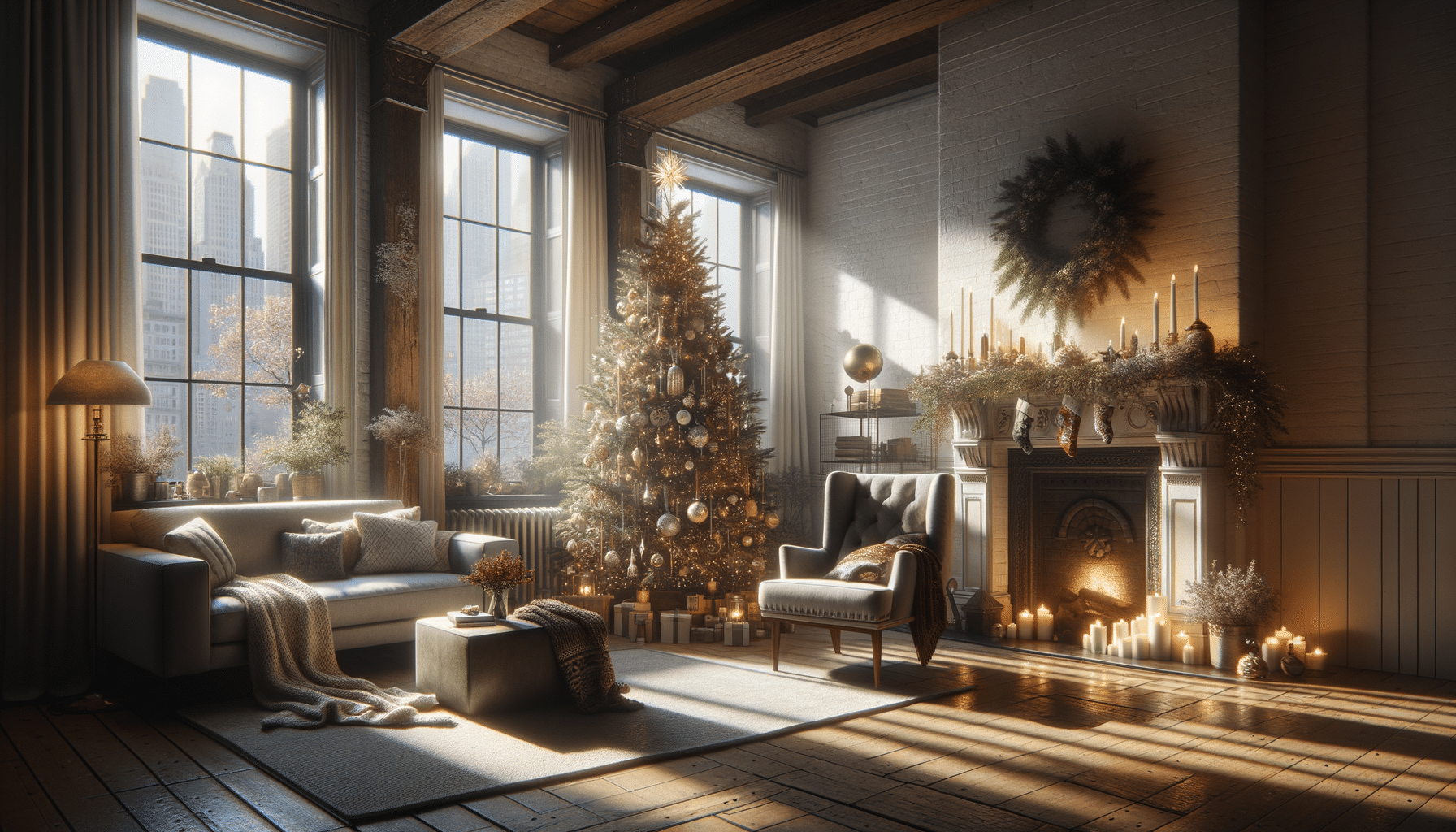
Bevezetés a karácsonyi dekorációkba: Átfogó útmutató
Introduction to Christmas Decorations
Christmas decorations are an integral part of the holiday season, bringing warmth, joy, and a festive atmosphere to homes and public spaces alike. They evoke a sense of nostalgia and create an inviting environment for family gatherings and celebrations. This guide explores the rich tradition of Christmas decorations, offering insights into their history, types, and how to incorporate them into your holiday décor.
The History of Christmas Decorations
Christmas decorations have a rich history that dates back centuries. The tradition of decorating homes and churches during the winter solstice predates Christianity, with ancient civilizations using evergreen boughs to symbolize eternal life. As Christian traditions evolved, these customs were incorporated into Christmas celebrations.
In the 16th century, Germans began decorating trees indoors, a practice that spread across Europe and eventually to America. By the 19th century, the Christmas tree had become a central symbol of the holiday season, adorned with candles, fruits, and later, glass ornaments. The introduction of electric lights in the late 1800s revolutionized Christmas decorations, allowing for safer and more elaborate displays.
- Evergreen boughs representing eternal life
- 16th-century German indoor trees
- 19th-century glass ornaments and candles
- Electric lights in the late 1800s
Today, Christmas decorations continue to evolve, blending traditional elements with modern trends to create a diverse array of festive expressions.
Types of Christmas Decorations
Christmas decorations encompass a wide variety of elements, each contributing to the festive ambiance in unique ways. Some of the most popular types include:
- Christmas Trees: Often considered the centerpiece of holiday décor, trees can be real or artificial and are typically adorned with lights, ornaments, and a tree topper.
- Wreaths and Garlands: Made from evergreens, these can be hung on doors, windows, or mantels to add a touch of nature indoors.
- Lights: From twinkling fairy lights to grand outdoor displays, lighting plays a crucial role in creating a festive atmosphere.
- Ornaments: Available in countless designs, ornaments add color and personality to Christmas trees.
- Nativity Scenes: These depict the birth of Jesus and are often displayed in homes and churches.
Understanding the variety of decorations available allows you to mix and match elements to suit your personal style and space.
Incorporating Decorations into Your Home
Integrating Christmas decorations into your home involves more than just placing items around the house; it requires thoughtful planning and creativity to achieve a cohesive and inviting look. Here are some tips to consider:
- Choose a Theme: Whether traditional, modern, or whimsical, selecting a theme helps guide your decoration choices and ensures a harmonious look.
- Balance and Proportion: Consider the size and scale of your decorations relative to the space. Oversized items can overwhelm, while too-small decorations may go unnoticed.
- Layering Textures: Mix different materials such as wood, metal, glass, and fabric to add depth and interest to your décor.
- Personal Touches: Incorporate family heirlooms or handmade decorations for a personalized touch that reflects your family’s traditions.
By thoughtfully incorporating decorations, you can transform your home into a festive haven that welcomes guests and creates lasting memories.
Conclusion: Embracing the Spirit of the Season
Christmas decorations are more than just ornamental; they are a reflection of cultural traditions, personal style, and the joyous spirit of the holiday season. As you prepare your home for Christmas, consider the history and significance of each element, and embrace the opportunity to create a warm, inviting space for friends and family. With creativity and care, your decorations will not only beautify your home but also enhance the festive atmosphere that makes this time of year so special.


